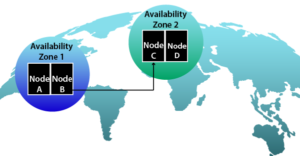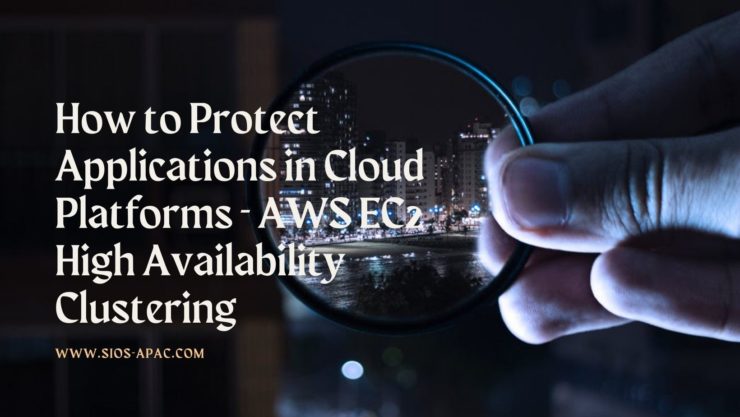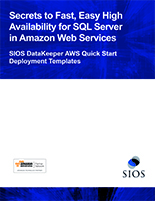How To Activate a License for SIOS Protection Suite for Linux
Since you have acquired your SIOS Protection Suite for Linux software, you will need to activate your license. This seven-minute video will help you get started. It walks you through all of the steps needed to begin running your SIOS Protection Suite for Linux software. Watch as a SIOS support representative demonstrates the steps that are necessary to install SIOS licenses: how to insert entitlement/activation IDs, how to obtain and insert host IDs, and activation file download.
The video illustrates where to access software for download, how to view and validate host name and ID from purchased or trial entitlements, and how to download the activation files contained in your welcome email to complete the process. You will also learn how to access our SIOS Documentation portal, where you can find release notes, installation guides, technical documentation and in depth information on SIOS Protection Suite for Linux as well as a wide range of topics for every SIOS product.
Receive helpful tips and convenient insights on how to complete the steps quickly and easily. See how simple it is to start running SIOS Protection Suite for Linux.
How To Activate a License for SIOS Protection Suite for Linux
Reproduced with permission from SIOS










